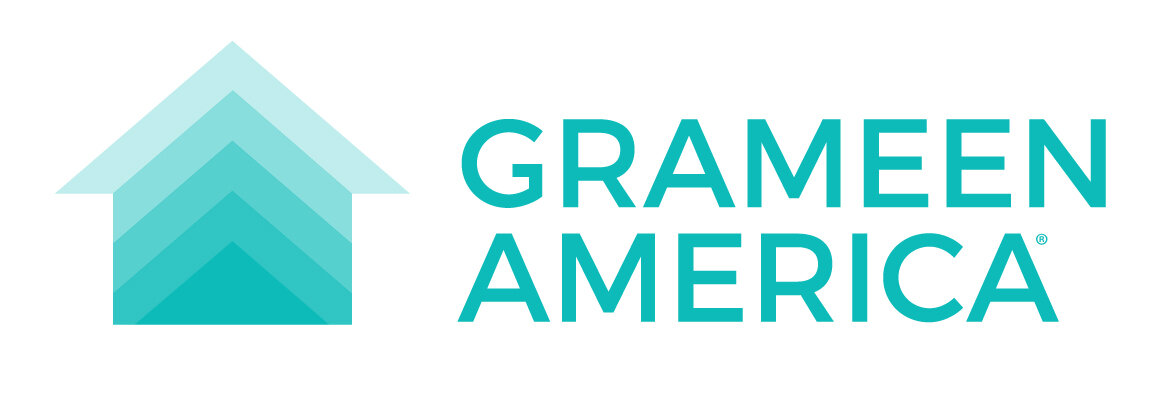Study Determines Grameen America’s Microlending Program Reduces Material Hardship and Increases Credit Scores, Business Ownership and Earnings, and Non-retirement Savings among Women in Poverty
NEW YORK, March 11, 2022 - Nonprofit research organization MDRC and Grameen America today released the final, 36-month results from MDRC’s evaluation of the Grameen America microfinance model, a program that provides microloans to women living in poverty seeking to launch or expand small businesses. Grameen America has invested over $2.26 billion in more than 146,000 women of color with low-incomes since January 2008.
MDRC’s rigorous, independent, third-party evaluation determined that the Grameen America microlending model resulted in a reduction of material hardship and an increase in credit scores, business ownership, and business earnings. Grameen America members’ average monthly net income was modestly higher than women in the control group, a promising finding related to the study's primary research question. The microlending program also improved participants’ feelings of overall financial well-being.
“Building new paths to economic mobility is no easy feat, but these results demonstrate the importance of Grameen America’s work in disadvantaged communities brimming with untapped potential,” said Andrea Jung, President and CEO of Grameen America. “We are proud to be able to add a rigorous randomized controlled trial — the gold standard of evaluation — to the field of microfinance.”
The 36-month study, which was funded by Robin Hood, examined 1,492 women in 300 loan groups who applied to the Grameen America microlending program in Union City, NJ. It marks the first time a microfinance institution in the United States has been evaluated using a randomized controlled trial, considered the most rigorous way to learn whether a program has positive effects, as it uses the same methods as research on new medical treatments.
“As a funder who strongly values metrics and solutions grounded by rigorous evidence and evaluation, Robin Hood is thrilled to have partnered with Grameen America as they built a microlending model that gives women greater agency, more choices, and maps a realistic path for securing their own economic futures. MDRC's empirical evaluation adds to the understanding of the role that microfinance can play in the fight against poverty and hardship," said Sarah Oltmans, Robin Hood's Chief of Grant Strategy.
“Grameen America’s sustained impact three years after women first joined the program is remarkable. These kinds of results happen because of careful design choices and constant attention to implementation on the ground. The program has a clear focus on an undeserved group that does not have other financial alternatives in their communities — women entrepreneurs with low incomes — and is intentional about working with them over an extended time.”
Highlights from the evaluation of the Grameen America program include:
Reduction of material hardships: Grameen America reduced material hardship among its members by 7 percentage points as compared with the control group. Women in the Grameen program were less likely to avoid a doctor or hospital due to cost and less likely to postpone or neglect filling a drug prescription due to cost.
Increase in credit scores: Women in the Grameen America group were over 17 percentage points more likely than women in the control group to have a credit score. They were also over 10 percentage points more likely to have a prime credit score, the top tier of creditworthiness.
Increase in non-retirement savings: Grameen America increased the amount of non-retirement savings by an average of $839 compared to women in the control group.
Increase in monthly net business earnings and a nearly statistically significant increase in monthly net income: Grameen America increased monthly business revenue and business expenses. As a result, monthly net business earnings increased an average of $127 for members as compared to their control group counterparts. The average monthly net income of women in Grameen America was $173 higher than women in the control group, a nearly statistically significant finding.
Improved feelings of overall well-being and connectedness to peers: Grameen America contributed to deepening relationships and broadening social support systems as women in the program felt they had grown closer with fellow members and could borrow money in an emergency. Women in the Grameen program were 8 percentage points more likely to be very satisfied with life as compared with the control group.
36-Month Impact Snapshot
These 36-month results of the Grameen America program evaluation are the final installment of published impact findings in the long-term study conducted by MDRC. For more information, read the full report here.


